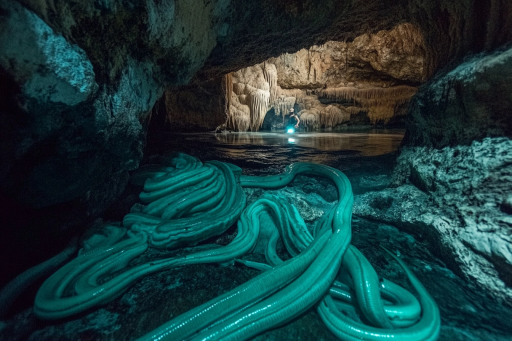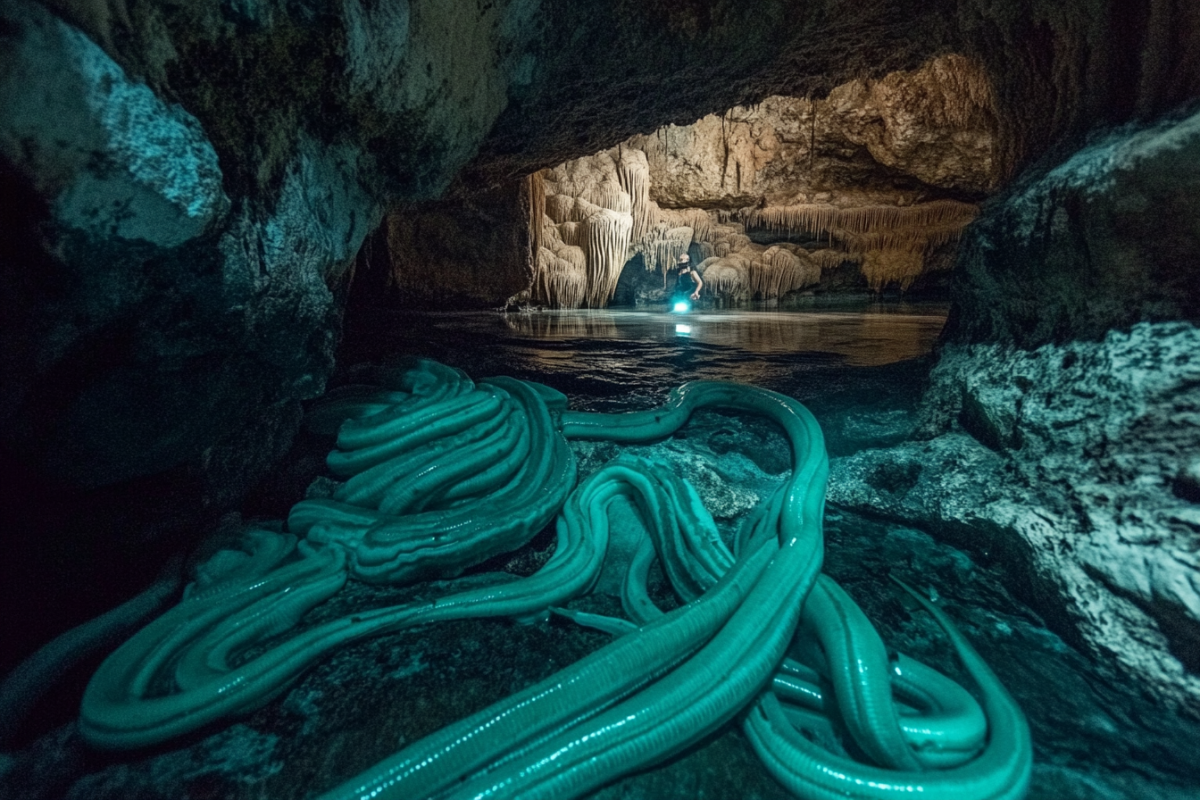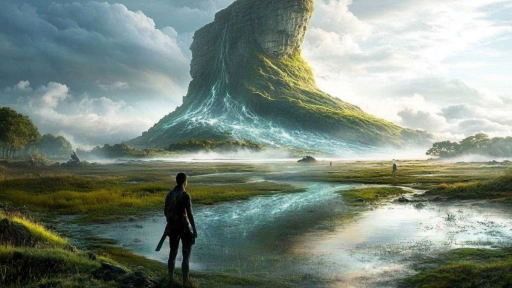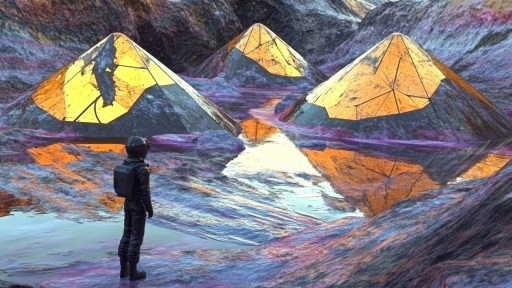
Beneath our feet lies a hidden world teeming with life so bizarre it seems ripped from the pages of science fiction. From glowing worms that hypnotize their prey to nearly indestructible organisms thriving in complete darkness, the underground is home to some of the strangest creatures on Earth. Many of these life forms have adapted to extreme conditions, evolving in ways that defy logic. The deeper we dig, the more we realize—nature is far weirder than anything we could imagine.
The Horror-Fanged Worm That Hunts in Darkness

Deep in the caves of the Amazon, the Halicephalobus mephisto thrives in oxygen-starved conditions that would kill most life forms. This microscopic worm has terrifying fang-like structures and can withstand extreme heat, surviving miles beneath the surface. Some scientists speculate its ancestors could date back millions of years, evolving in secret underground. It is one of the few creatures on Earth that proves life can exist where none should.
The Glow-in-the-Dark Predator of New Zealand

Hiding in deep, dark caves, Arachnocampa luminosa, or glowworms, dangle bioluminescent strands to lure insects into a deadly trap. These creatures create an eerie blue glow across the cave ceilings, resembling an alien sky. Unsuspecting prey is drawn to the light, only to be ensnared in their sticky, silk-like threads. This underground spectacle is both hauntingly beautiful and utterly terrifying.
The Armored Nightmare of the Deep Soil

Resembling a miniature alien tank, the Armadillidiidae, or pill bug, has survived underground for over 300 million years. Unlike typical insects, this bizarre creature is actually a crustacean, breathing through gills and rolling into an impenetrable ball when threatened. In some caves, they grow far larger than their surface-dwelling relatives, raising the question—how big do they get where humans have never explored?
The Spider That Buries Itself Alive

The trapdoor spider is a master of deception, constructing a nearly invisible burrow with a hidden, spring-loaded door. When prey approaches, the spider explodes from the ground at lightning speed, dragging its victim into darkness. Some species have remained unchanged for millions of years, making them one of the most ancient ambush predators alive today. Its hunting method is so efficient, it has been compared to a biological landmine.
The Eyeless Monster That Sees Without Eyes
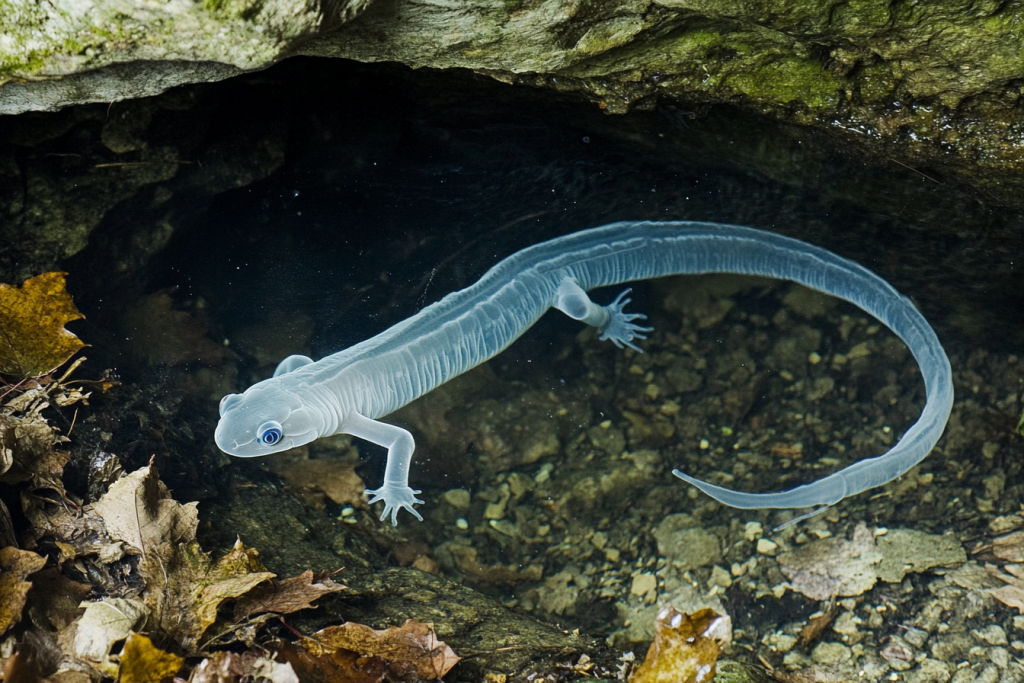
Living in pitch-black caves, the Texas blind salamander has evolved without eyes, using its specialized skin to sense movement around it. With translucent flesh and an eerie ghost-like appearance, it moves as if guided by an unseen force. Its ability to detect the faintest vibrations allows it to hunt in total darkness, an ability that seems almost supernatural. Some speculate similar adaptations could be found in alien life beneath other planets’ surfaces.
The Flesh-Eating Beetle That Cleans Skeletons

Feeding on decaying remains, dermestid beetles live beneath the soil, reducing corpses to bone with surgical precision. Often used by scientists to clean skeletons for study, these beetles devour everything but the hardest tissues. Their ability to survive without light and feast on the dead makes them one of nature’s most efficient recyclers. In mass numbers, they leave behind only the echoes of what once lived.
The Cave Fish That Walks on Land

Unlike any fish on Earth, the Cryptotora thamicola, or cave angel fish, uses its fins to crawl up rocks like a four-legged animal. Found only in Thailand’s underground waterways, it moves with an eerie, calculated precision. Scientists believe this strange ability might be a glimpse into how ancient fish first evolved into land-dwelling creatures. It is living proof that evolution never truly stops.
The Albino Dragon of Underground Rivers

Deep in European caves, the olm, or “baby dragon,” is a pale, blind amphibian that has adapted to total darkness. It can live for over a century and survive without food for years, slowing its metabolism to near hibernation. Its serpent-like body and ghostly appearance have made it the inspiration for legends of underground monsters. In the right conditions, it barely seems alive—yet it never dies.
The Worm That Can Melt Bone

The Osedax, or “bone-eating snot worm,” feeds on the bones of dead whales buried beneath the ocean floor. Its translucent, root-like body secretes acid, breaking down even the hardest skeletal remains. In complete darkness, these worms thrive in a world of decay, transforming death into new life. They are nature’s ultimate decomposers, turning the deep sea into an alien graveyard.
The Giant Ants That Have Lived Since the Dinosaurs

Discovered in ancient underground tunnels, Martialis heureka is an ant species so primitive, it predates most modern insects. Nearly blind and ghostly white, it has remained hidden in the soil for millions of years, evolving in secrecy. Unlike surface ants, these creatures never see the light of day, existing in a world of total darkness. They may be the closest thing to an insect time machine.
The Centipede That Hunts Bats in Total Darkness

Deep in Venezuelan caves, Scolopendra gigantea, a massive centipede, climbs cave walls and snatches bats out of midair. Growing over a foot long, it injects venom to paralyze its prey before dragging it to the ground. Its ability to hunt in complete darkness has stunned researchers, proving that even the sky isn’t safe underground. With razor-sharp pincers, it is the ultimate subterranean predator.
The Underground Microbe That Could Survive on Mars
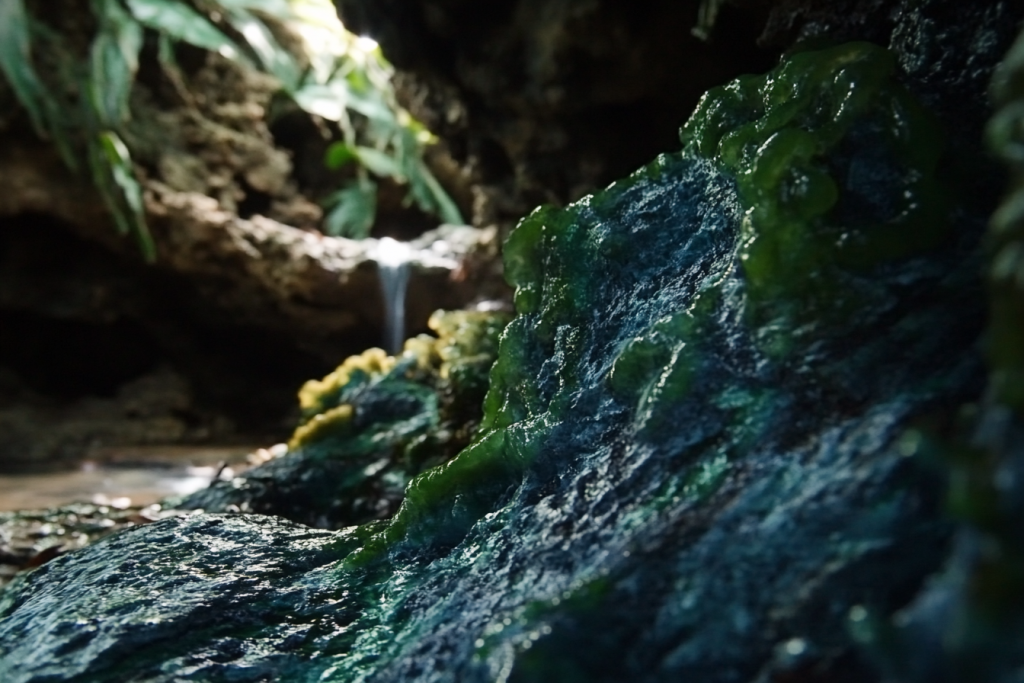
Buried miles beneath Earth’s surface, Desulforudis audaxviator survives without oxygen, light, or heat from the sun. It thrives entirely on chemicals from deep underground rocks, making it one of the most extreme life forms on the planet. Some scientists believe this bacteria proves that alien life could exist beneath Mars, where similar conditions prevail. If life can thrive in Earth’s abyss, it can likely survive elsewhere.
The Sulfur Worm – A Creature That Thrives in Toxic Darkness

Deep in volcanic caves, where the air is thick with poisonous sulfur, lives a creature that shouldn’t exist—the sulfur worm. Unlike most life on Earth, this bizarre organism doesn’t rely on sunlight or plants but instead survives by consuming pure sulfur. Its translucent, segmented body glows faintly in the dark, making it look more alien than earthly. Scientists still don’t fully understand how it withstands such extreme environments, but its existence rewrites what we know about life’s adaptability.
The Deep Earth Phantom – A Blind Predator That Hears Through Rock
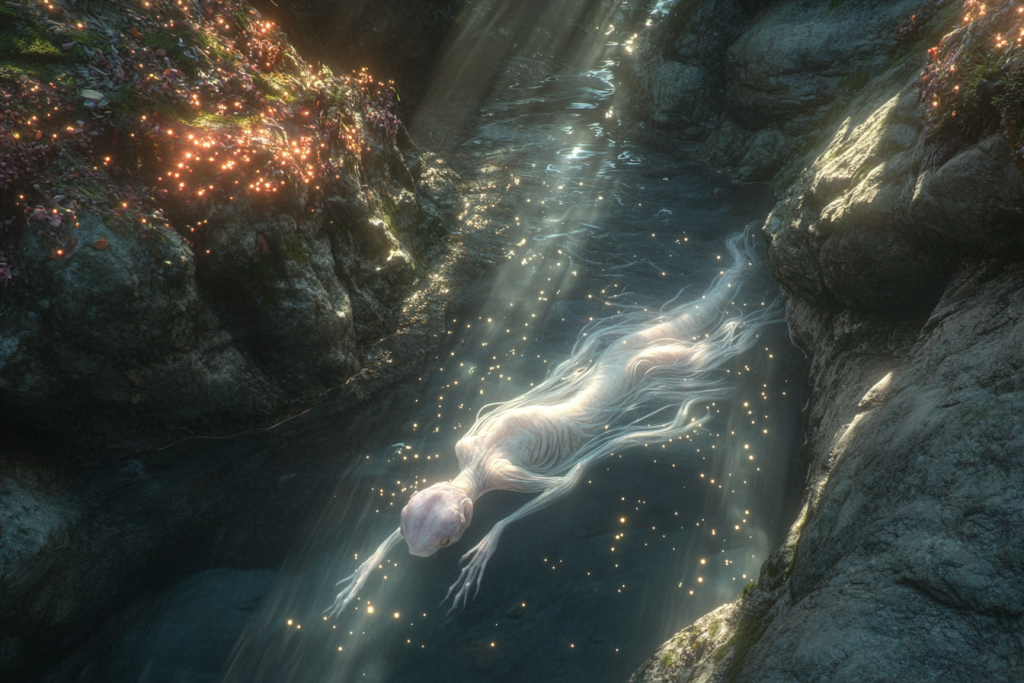
Beneath the Earth’s crust, in miles-deep caves where no sunlight has ever reached, scientists have discovered a strange predatory creature that “hears” rather than sees. Known as the Deep Earth Phantom, this pale, eyeless entity senses vibrations through solid rock, allowing it to hunt without ever making a sound. Its skin is almost translucent, and its movements are eerily fluid, resembling something from an alien horror movie. Few have seen it, but those who have describe an unsettling, otherworldly presence.
The Subterranean Glass Beetle – A Living Crystal Hidden Beneath the Earth

Unlike any known insect, the subterranean glass beetle has a body that appears almost entirely transparent, like living quartz. Found deep within underground crystal caves, its exoskeleton refracts light in dazzling patterns, making it nearly invisible against the sparkling walls. Scientists believe its unique structure helps it camouflage from predators, but its true evolutionary purpose remains unknown. If not for the occasional movements that betray its presence, it could be mistaken for a jewel lost in time.
A World We Barely Understand

Beneath our feet, a hidden kingdom of creatures thrives in darkness, evolving in ways beyond imagination. Some of them have survived unchanged for millions of years, while others have developed abilities so bizarre they challenge what we know about life itself. If such strange organisms can exist in the depths of our own planet, what might be lurking in the underground worlds of others? Perhaps the most alien life forms have been beneath us all along.

